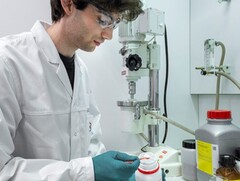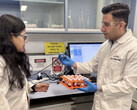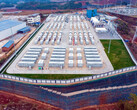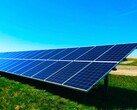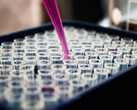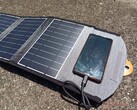Researchers at Germany’s Federal Institute for Materials Research and Testing (BAM) are re-engineering solid-state batteries to overcome the ceiling reached by today’s lithium-ion cells. Their project centers on a new sodium super-ionic conductor (NASICON) electrolyte that could unlock faster charging, longer service life and lower costs without compromising safety.
Conventional lithium-ion packs rely on graphite anodes that store a finite number of ions. Switching to metallic lithium—or the cheaper, more abundant sodium—would raise energy density by as much as 40 percent. The catch is that solid anodes need a solid electrolyte, and the rigid interface between the two often forms voids that disable the battery. A partially liquid anode can solve that interface problem, but only if the whole system stays stable.
BAM’s team, led by guest researcher Gustav Graeber, has already shown that a liquid alkali-metal anode can deliver 100 times the power of graphite. Right now, though, that record output appears only at about 250°C (482°F). To bring the technology down to room temperature, the researchers add potassium to lower the anode’s melting point. Most solid electrolytes degrade in contact with potassium, so the electrolyte becomes the new bottleneck.
NASICON materials break that impasse. They conduct ions well at ambient conditions and tolerate potassium, especially when doped with hafnium. Hafnium, however, is scarce and expensive. The BAM project therefore, screens earth-abundant dopants that can match hafnium’s stabilizing effect. The most promising compositions are already being integrated and cycled in prototype sodium cells.
If the search succeeds, sodium-based solid-state batteries could move from the lab to everyday devices and electric vehicles. Higher energy density would extend operating time, while solid electrolytes would improve intrinsic safety. Faster charging and a supply chain that leans on plentiful sodium rather than scarce lithium and cobalt would make the technology attractive for grid storage as well—an incremental but meaningful step toward lower-carbon energy systems.
Source(s)
BAM (in English)




